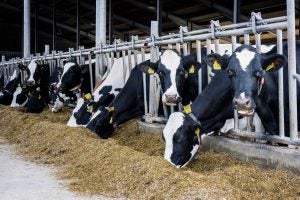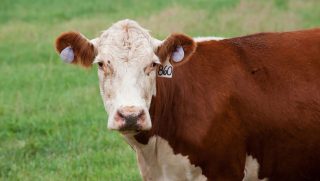Texas Agriculture Commissioner Sid Miller confirmed the Cal-Maine Foods Inc. poultry facility in Farwell, Texas has received official notice of a positive test for H5N1, a form of highly pathogenic avian influenza. Due to U.S. Department of Agriculture guidance for poultry infections, Cal-Maine will be required to depopulate 1.6 million laying hens and 337,000 pullets at their Farwell facility.
The 1.6 million birds accounts for approximately 3.6 percent of the company’s total flock as of March 2, 2024. Production at the facility has temporarily ceased as Cal-Maine Foods initiates protocols prescribed by the USDA.
“This is absolutely devastating news for Cal-Maine and the entire Panhandle region, which has already suffered so much already,” Miller said. “Given this latest development, all producers must practice heightened biosecurity measures. The rapid spread of this virus means we must act quickly.”
This news comes after the Centers for Disease Control and Prevention confirmed a positive test of H5N1 in a Texas dairy worker who had direct contact with cattle suspected of being infected. The individual became ill after interacting with cattle believed to be carrying the virus, exhibiting conjunctivitis as the primary symptom. This marks the second human case of H5N1 flu in the United States and the first associated with exposure to cattle, according to the CDC.
Yesterday, the USDA confirmed five new H5N1 cases in dairy facilities, bringing the total to eleven across five states. HPAI has been found in dairy herds in Texas (7), Kansas (2), Michigan (1), and New Mexico (1). The presumptive positive test result from Idaho is still pending. Miller also said the Texas Department of Agriculture will continue monitoring and providing guidance to producers and Texas consumers.

“Consumers should be assured that rigorous safety measures and pasteurization protocols ensure that dairy products remain unaffected by HPAI,” notes Miller. “Dairies are required to destroy or divert milk from any sick cows.”
The CDC has also assured the public that the current health risk assessment for the U.S. general population remains low. However, individuals with close or prolonged, unprotected exposures to H5N1 are at higher risk of infection.
“The current risk to the public remains minimal,” Miller emphasized. “It is important for us as an industry to maintain a high level of vigilance. State and national agencies will continue to provide updated guidance as developments warrant.”
Cattle impacted by HPAI exhibit flu-like symptoms, including fever and thick and discolored milk. This is accompanied by a sharp reduction in milk production, averaging between 10-30 pounds per infected cow. It is vital that dairy facilities nationwide practice heightened biosecurity measures to mitigate further spread.
Poultry may have no signs at all, mild respiratory signs like nasal discharge or sneezing, decreased feed consumption, ruffled feathers, and decreased egg production.
“Producers need to work with us and report cases right away,” adds Miller. “Transparency is going to be key to navigating and mitigating this outbreak. I encourage producers to work with state and national officials to report any symptomatic animals as soon as you identify them.”
Farmers are asked to notify their veterinarian if they suspect any animals are displaying symptoms of this condition.


